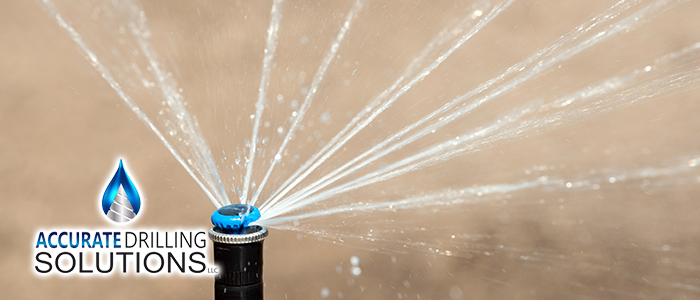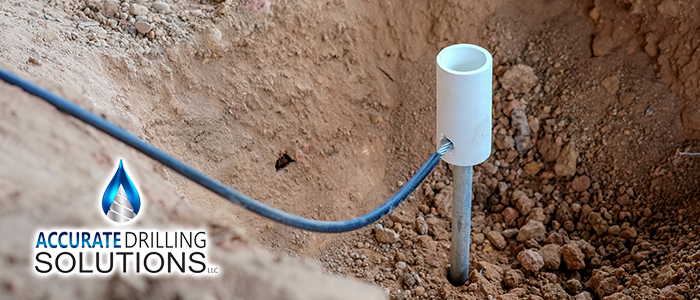
Water consumption in the agricultural sector averages around 70% worldwide. This comes at a time when water becomes expensive and we want to avoid an extreme form of water scarcity in the world. This week we are asking; can the “Internet of Things” and smart irrigation minimize or optimize this consumption?
We Can’t Ignore The Internet
In the Western society, internet is practically indispensable. Every day people spend hours on Facebook and other social media. People are continuously connected with each other and stay informed about everything and everyone. But can this internet, which we can no longer live without, also prevent problems such as a possible water scarcity?
The answer is very simple: yes.
How? By using a concept called the “Internet of Things” (IoT) technology. This technology collects data from sensors, weather stations and external data such as the weather forecast. Based on this large amount of data, growers decide whether they need extra irrigation. Additionally, it helps determine what quantity of water a given area needs.
What Is The Internet Of Things?
“Internet of Things” is a term that experts use when smart objects communicate via the internet instead of through humans. These smart objects are devices that have sensors and can connect to the internet. This allows these objects to scan their environment with sensors and send this data all to one place.
Smarter Agriculture
With “Internet of Things” technology, agricultural experts achieve a more ergonomic way of farming. This means that there is also a more responsible way to irrigate.
Simple examples are measuring the energy consumption of a farm, registering the quality of the soil and measuring the humidity in greenhouses. Experts collect, analyze, distribute and convert data into knowledge and strategy. In this context, IoT eventually also becomes very important for the agricultural irrigation.
Irrigation companies are increasing their use of new technologies. Cheaper sensors, telemetry equipment to read data remotely, and aerial photos from drones help the agricultural sector to inspect their land.
Soil Sensors
The first solution toward more effective irrigation is a soil sensor. A soil sensor combines public data with the data taken in by the sensor itself. Farmers use this information to know when and how much water the different parts of their fields need. Ultimately, farmers with soil sensors drastically reduce water consumption as they know where fields need water and how much water they need. This allows them to portion water exactly as their fields require.
Drones
Another solution for more efficient irrigation is drones. Farmers make better decisions when they have a more accurate picture of their fields and the soil condition. Specialized farms use drones by moving them across the field. The drones fly and take photos of the crops and the soil. The pictures show places where the crop is not growing well or where the soil is often in the shade (for example along a forest edge).
The images indicate the different levels of crop growth with a variety of colors. Based on these recordings, farmers are use the water more efficiently. As well as fertilize and spray their soils more accurately. By applying this new technology, farmers can work more economically.
Looking Forward
In the future, drones will be available for highly specialized farms to scan their fields and collect enough information while the farmers are using their time for something else. The farmer will not need to drive across his field anymore to collect the data himself. In summary, it can be concluded that this new technology can help farmers enormously in a more economical and ecological way to grow their crops.
Due to the ever-increasing demand for food precision agriculture is becoming more important. By using sensors on agricultural machinery and using the information from drones, farmers will be able to meet the demand for food also in the future.
continue reading
Related Posts
Haines City: New Year Well System Maintenance Guide The start
Pinellas Park Business Owner’s Guide to Pump Systems For business
Lake Wales: Residential Well Installation Explained For many homeowners in






